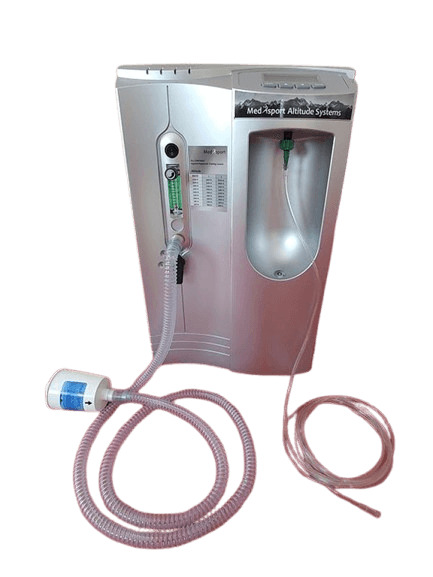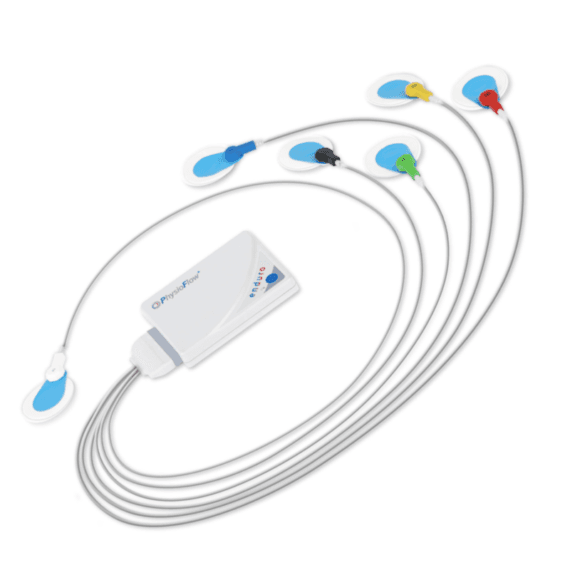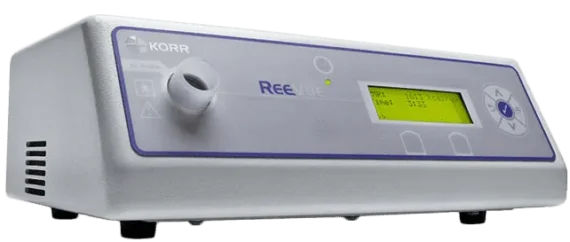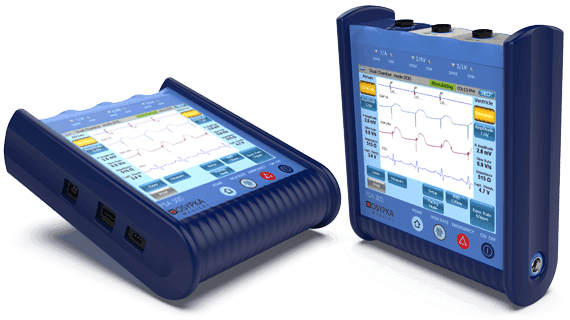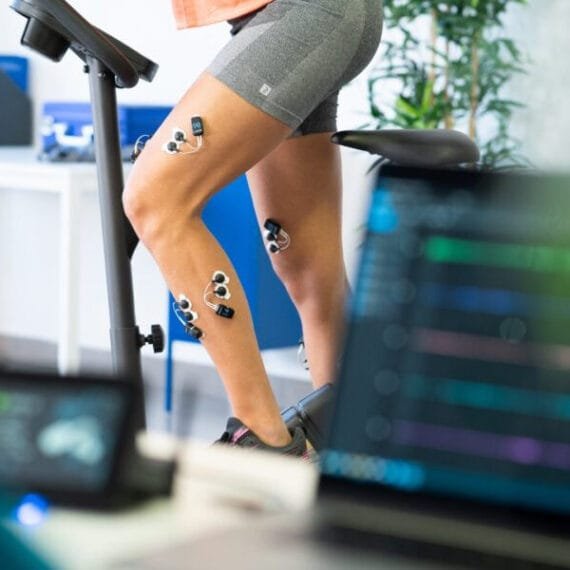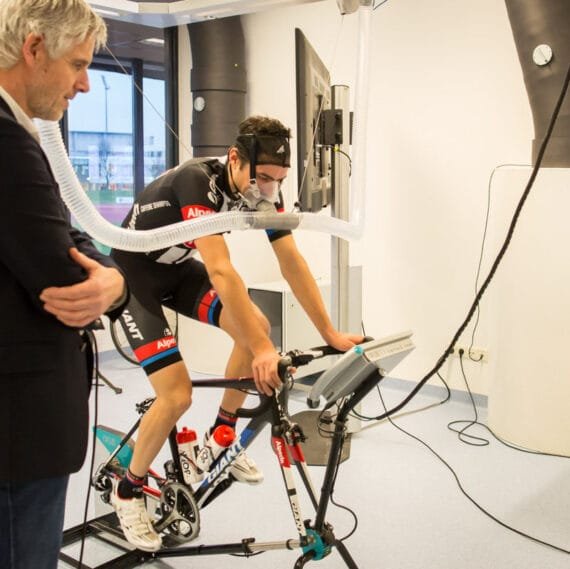Functional near-infrared spectroscopy (fNIRS) is an advanced bio-optical imaging method that allows for non-invasive analysis of blood oxygen saturation and other physiological parameters in living tissue. NIRx technology is based on tomographic multi-point spectroscopic measurements, which ensure high data accuracy and wide application possibilities.
Key features of fNIRS technology:
- Comprehensive analysis – both stationary and mobile laboratory fNIRS systems.
- Truly wireless – portable fNIRS systems provide complete freedom of movement.
- Multi-mode compatibility – easily combined with EEG, fMRI, TMS, eye tracking systems, MEG, etc.
- Neurofeedback and BCI – direct export and real-time analysis of raw data.
- High quality data – reliable results even when examining individuals with thick dark hair.
- Versatility – various accessories adapted to various research needs (e.g., hats of different sizes).
- Expansion options – the system can be updated according to growing research requirements.
- Reliability – all NIRx users are provided with ongoing technical support and access to a comprehensive help center and technical seminars.
Basics of fNIRS technology
fNIRS tomography uses the properties of light propagation in biological tissue. Near-infrared light can penetrate several centimeters into tissue, so this technology allows for non-invasive assessment of blood flow and tissue oxygen saturation. Unlike X-ray, CT or MRI, fNIRS is not based on structural tissue imaging – it measures functional changes related to blood flow dynamics and metabolic processes.
Distinctive features of fNIRS tomography:
- Security – fNIRS does not use ionizing radiation, so there is no risk of radiation exposure.
- Minimally invasive – no external contrast agents are required.
- Functional visualization – physiological, not anatomical, tissue parameters are measured.
- Compactness and economy – relatively small, easy to operate and affordable technology.
- High time resolution – rapid physiological changes can be analyzed in real time.
- Limited spatial resolution – resolution is about 5 mm.
- Depth limitations – the depth of the examination depends on the composition and geometry of the tissues.
Due to its high temporal accuracy and non-invasive nature, fNIRS is widely used in neurological, physiological, and psychological research. This technology is particularly useful in studying brain activity, blood flow regulation mechanisms, cognitive processes, and various physiological responses.



